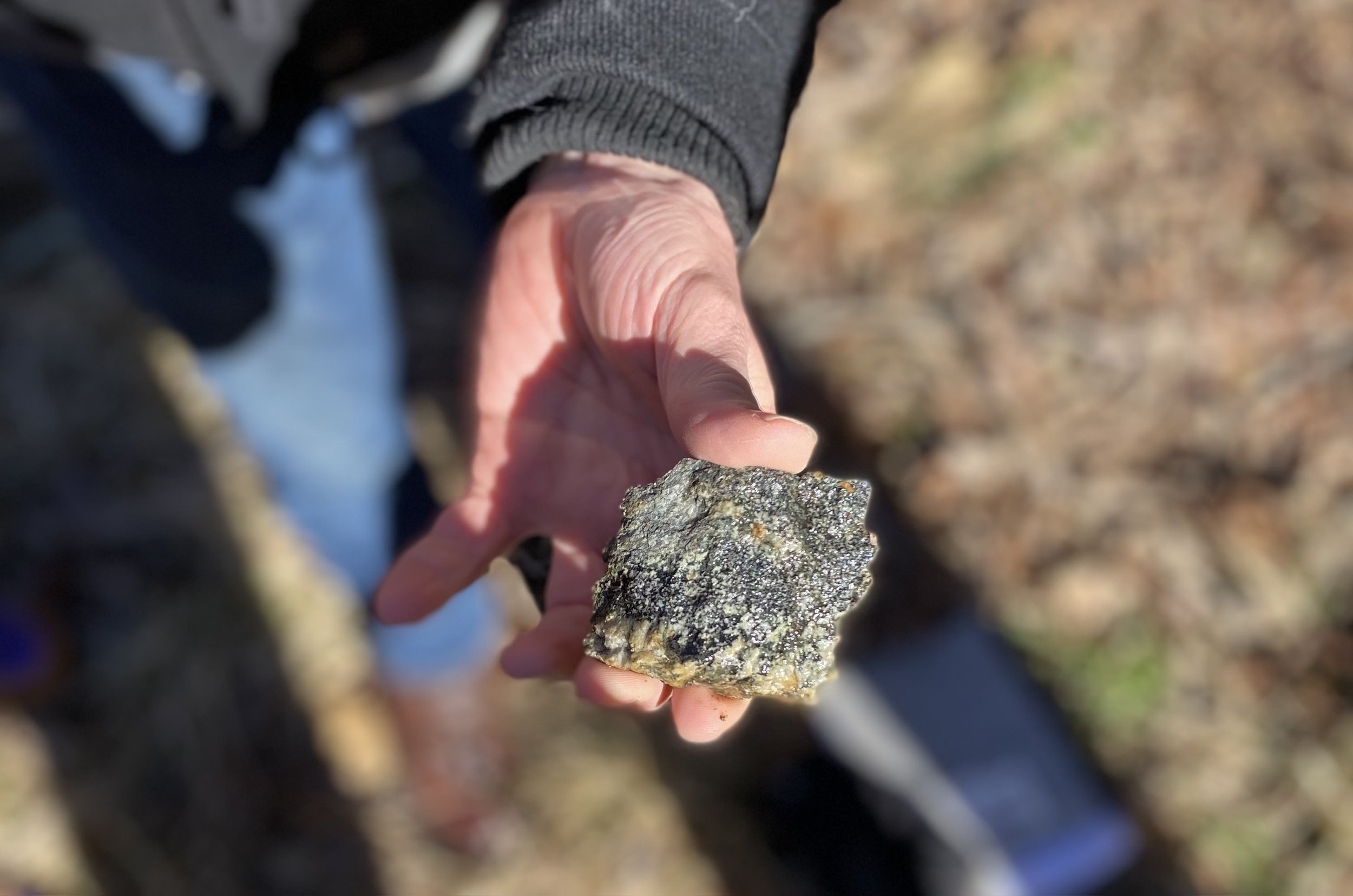

Mysteries Afoot: Identifying Appalachian Animal Tracks
Animal tracks are an interesting tool for anyone with a keen eye who wants to learn more about the habits and behaviors of our animal neighbors.

Winter Rally Re-Cap
We were so delighted to host the first ever Mount Rogers Winter Naturalist Rally this past weekend!


Toes in the Sand
The K-2 Program presented the book "Whose Tracks are These? A Clue Book of Familiar Forest Animals" by Jim Nail.